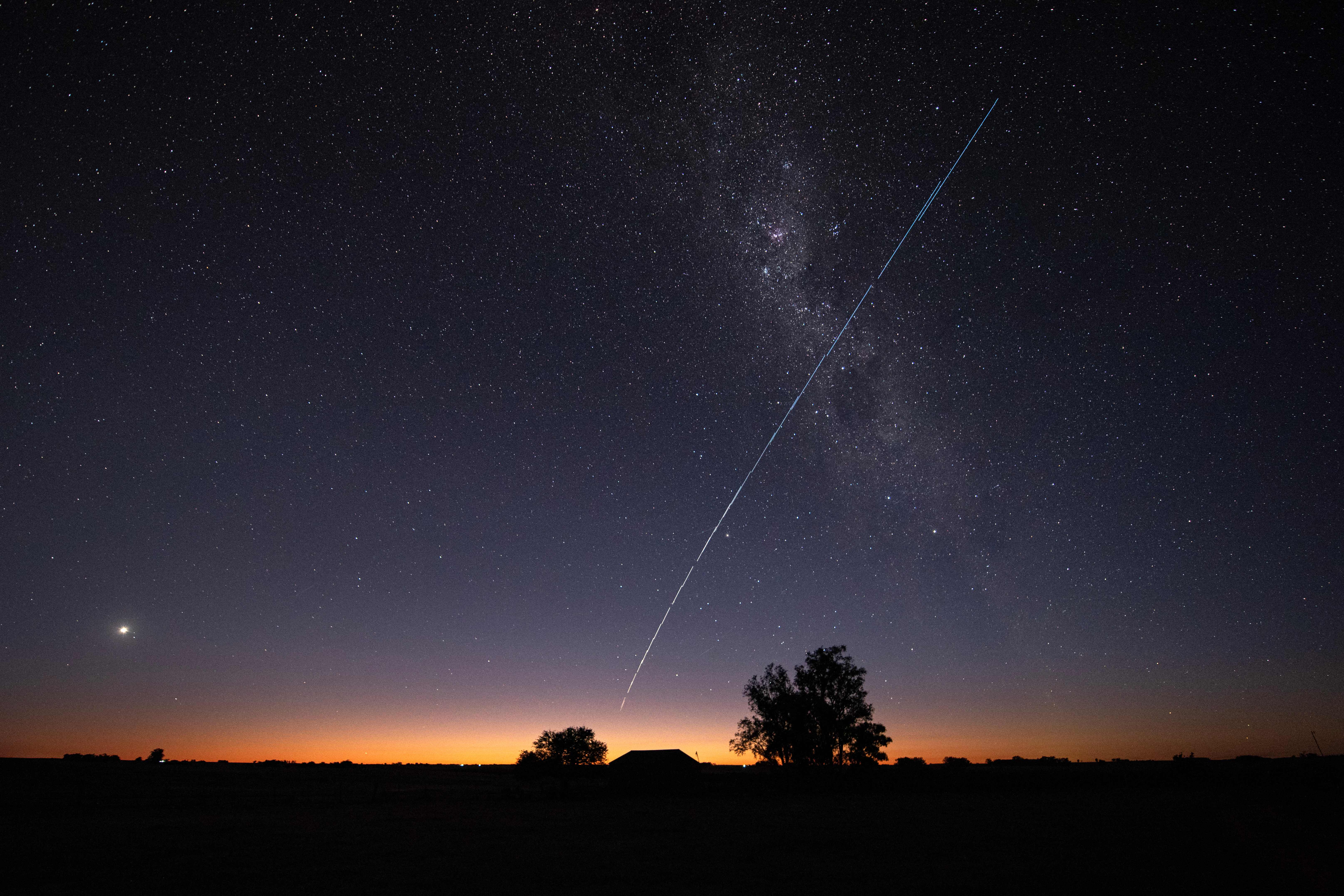Scientists find precise measurement of how brightly the universe glows
The sky is not actually completely dark, scientists say

Your support helps us to tell the story
From reproductive rights to climate change to Big Tech, The Independent is on the ground when the story is developing. Whether it's investigating the financials of Elon Musk's pro-Trump PAC or producing our latest documentary, 'The A Word', which shines a light on the American women fighting for reproductive rights, we know how important it is to parse out the facts from the messaging.
At such a critical moment in US history, we need reporters on the ground. Your donation allows us to keep sending journalists to speak to both sides of the story.
The Independent is trusted by Americans across the entire political spectrum. And unlike many other quality news outlets, we choose not to lock Americans out of our reporting and analysis with paywalls. We believe quality journalism should be available to everyone, paid for by those who can afford it.
Your support makes all the difference.Scientists have found the best measurement yet of how much the universe glows.
The universe has what researchers liken to a cosmic night light: a very dim, faint glow that spreads right through the cosmos.
And researchers have now found how bright that is, more precisely than ever before. The light – known as the cosmic optical background – is 100 billion times fainter than the sunlight that reaches the Earth’s surface.
That makes it impossible to see with the naked eye, and very difficult to see even with advanced telescopes. As such, they had to use Nasa’s New Horizons spacecraft, which flew past Pluto in 2015 and is now billions of miles from Earth.
That allowed researchers to get away from the light that surrounds Earth, and which reflects off the dust and debris that is near to our planet. With that, they could get a view deep into the universe.
They were still not totally clear from dust. But they were able to extract that “halo” of light that sits around our galaxy from their calculations and work out the light that is left behind.
That light is the background glow of the universe that was left behind by the trillions of stars and galaxies that have formed and then died since the universe began.
Finding an exact measurement of it is useful because it allows scientists to check whether their accounting of the growth of the universe is correct – or if there are other, unaccounted, sources of light in our universe.
Scientists found that the background is about 11 nanowatts per square meter per steradian. A steradian is a bit of sky about as wide as 130 of our moons.
That is roughly what researchers expected to find. That means there doesn’t seem to be any strange objects – particles or galaxies – that are putting out more light than we had realised.
The work is described in a new paper, ‘New Synoptic Observations of the Cosmic Optical Background with New Horizons’, published in The Astrophysical Journal.
Join our commenting forum
Join thought-provoking conversations, follow other Independent readers and see their replies
Comments